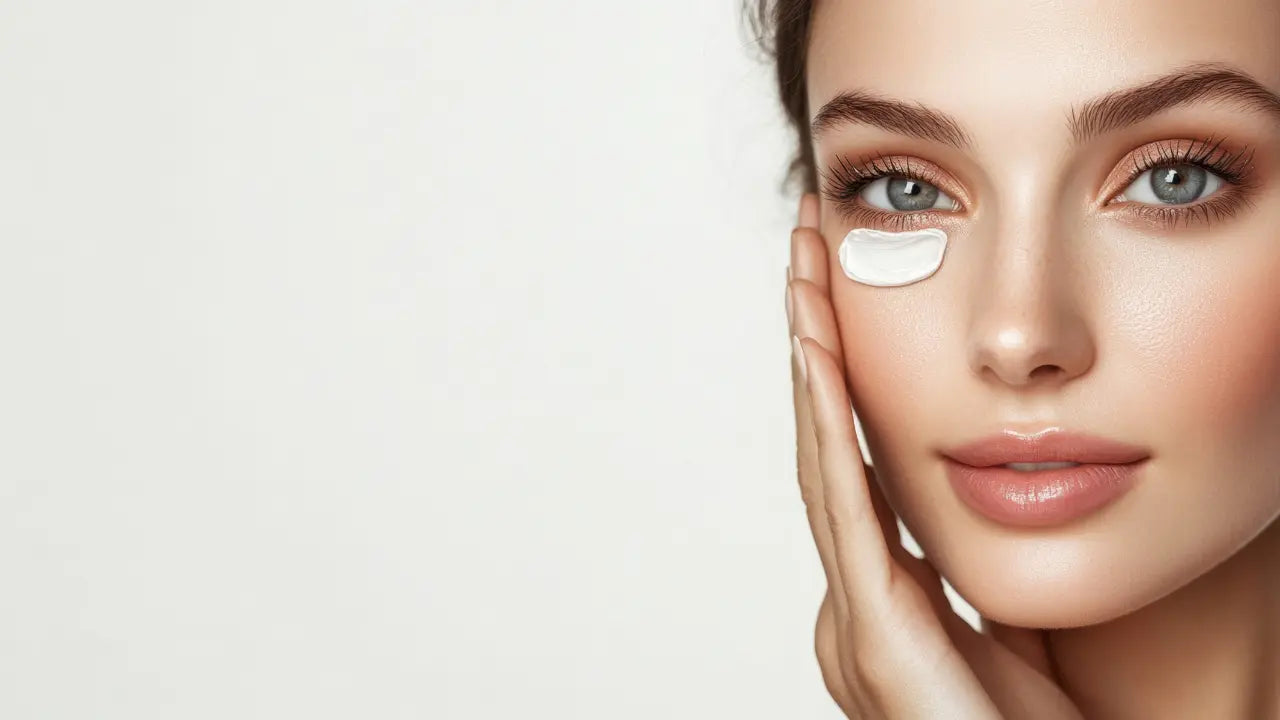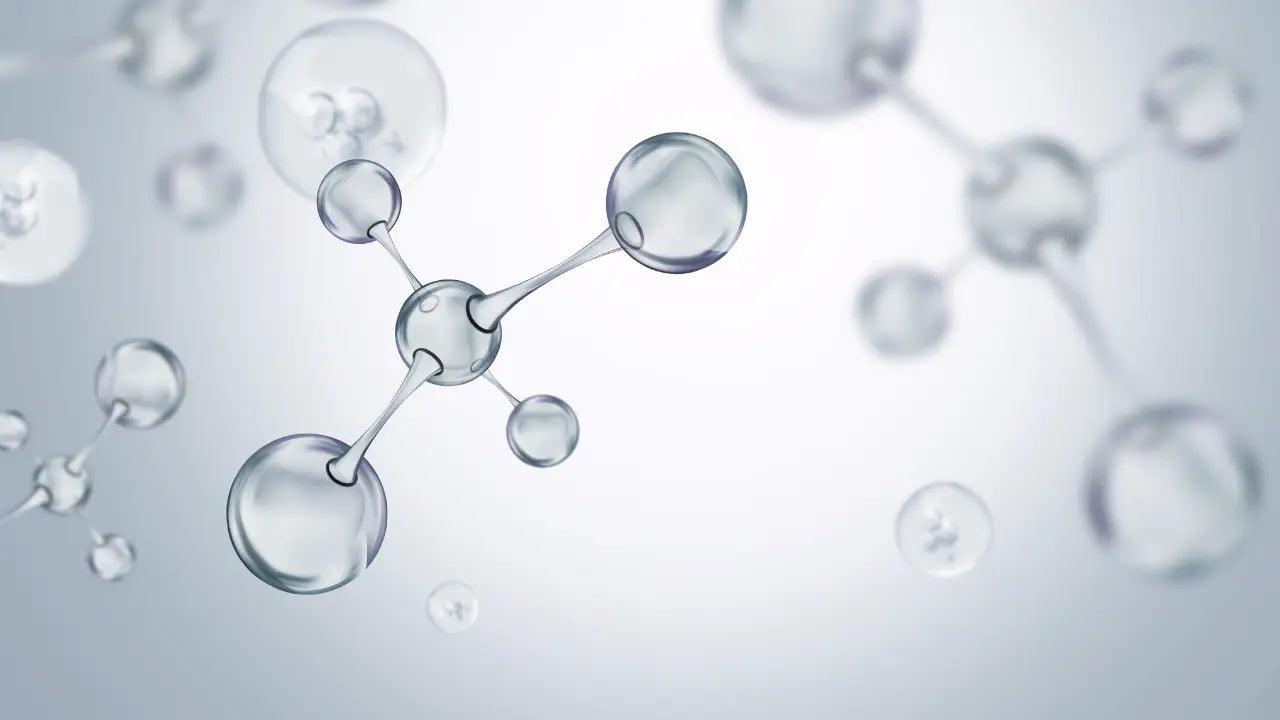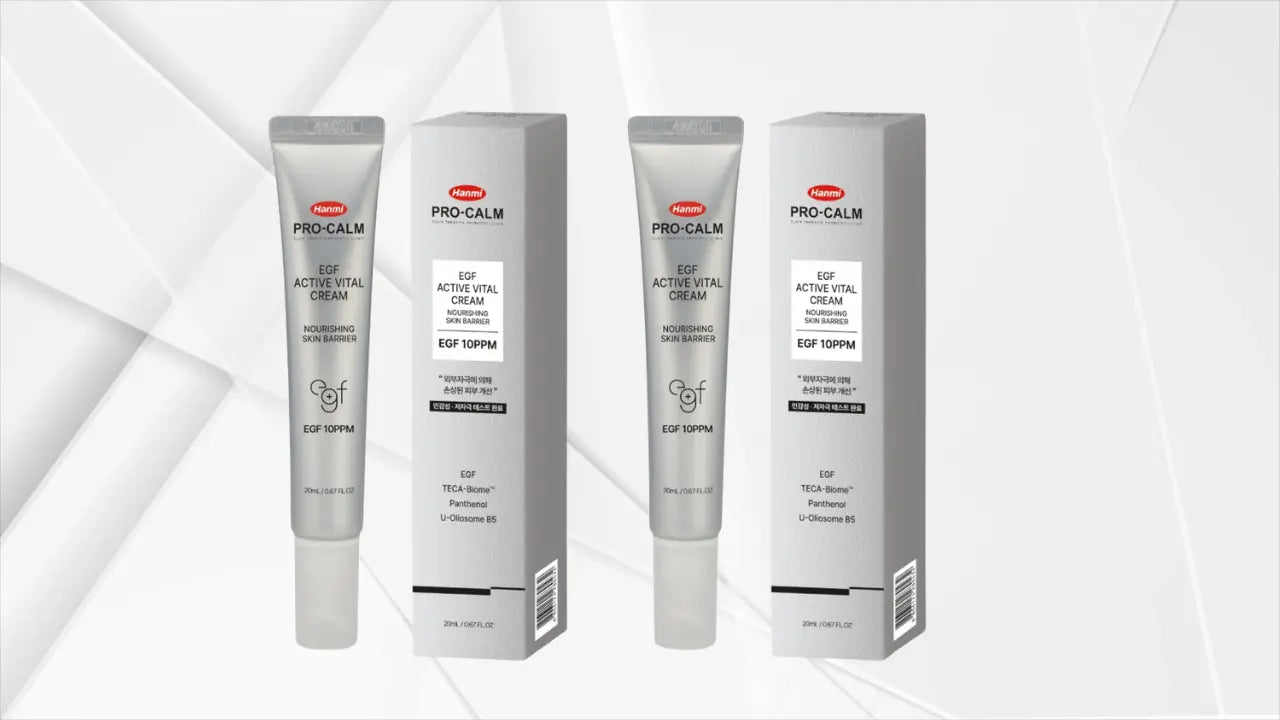If you’ve heard of dr g red blemish cream, you probably know it for being a calm-things-down gel cream that people reach for when their skin is hot, reactive, or simply parched. I think of it as the skincare version of a cool compress, only with ingredients that can support the barrier over time rather than just offering a fleeting chill. The brand positions the Clear Soothing Cream as a lightweight hydrator built around a multi-Cica complex and long-lasting moisture, which aligns with how it behaves on my skin in dry office air and humid summers alike. Dr.G Global
What dr g red blemish cream is and why people love it
At a glance, this is a translucent gel-cream that sinks in quickly and leaves a flexible film rather than a heavy occlusive coat. On me it feels almost bouncy at first, then dries down to a soft, makeup-friendly finish with no pilling under sunscreen. When my cheeks look pink from retinoid testing or windy commutes, a thin layer settles the look within minutes and seems to keep the flush from flaring again through the afternoon. That behavior tracks with the product’s design: a blend that includes multiple Centella derivatives, humectants and classic barrier helpers, confirmed by independent ingredient listings that skincare nerds love to reference. incidecoder.com
If you want the classic experience straight from the source, the Dr.G Red Blemish Cica Soothing Cream two-pack is a practical way to stock your shelf while trying the texture with a partner or over a longer trial window. See the product here. I find one 50 ml jar lasts six to eight weeks with daily use on face and neck, so a duo easily covers a season.
Key ingredients & how they work
A big part of the appeal is Centella asiatica—or “cica”—which shows up not just as the whole plant extract but as focused molecules like madecassoside and asiaticoside. In dermatology literature and hospital guidance, Centella is described as a soothing, antioxidant-rich botanical that may help reduce visible redness and support a more resilient barrier over time, especially in sensitive or eczema-prone skin. That’s not a promise of overnight change, but it explains why the cream tends to feel comforting when skin is irritated from weather or actives. Cleveland Clinic
Another pillar here is niacinamide. In my experience, formulas with a modest dose of niacinamide behave like quiet multitaskers: they don’t shout with tingling, yet over a few weeks I notice skin looking a little less blotchy and a bit more even in tone. A recent peer-review review details niacinamide’s topical roles in calming inflammation, supporting barrier function, and helping with concerns like acne, melasma and rosacea, which lines up with why it’s frequently paired with cica in moisturizers meant for fussy complexions. pmc.ncbi.nlm.nih.gov
The base of the cream relies on humectants such as glycerin, alongside panthenol and beta-glucan. On my combination skin, that blend gives the “drink of water now, cushion later” effect; it pulls in moisture while reducing the tight, stretched feel after cleansing. If you like to check the specifics, independent ingredient databases list niacinamide near the top with recognizable soothing agents including panthenol, dipotassium glycyrrhizate and beta-glucan, a pattern consistent with barrier-first moisturizers. incidecoder.com
Centella (Cica) complex and redness care
The brand talks about a multi-Cica complex, and in practice that means several Centella-derived molecules working alongside each other. When my skin is stressed from heat or from retinoid nights, that redundancy seems to matter; the cream doesn’t just feel wet and then vanish but leaves a light, calm surface. Clinical commentary for patients also mentions Centella as a supportive option for redness-prone or barrier-impaired skin, which is the exact audience that tends to fall for this cream. Cleveland Clinic
Niacinamide, humectants and barrier supporters
I like niacinamide for its gentle consistency across seasons. In summer, it helps me tolerate sunscreen reapplications and indoor AC without blotchiness; in winter, it plays well under occlusive creams. Reviews in 2024 highlight that niacinamide’s anti-inflammatory and barrier-supportive properties can make it a low-drama addition to routines with exfoliating acids or retinoids, which is why this cream often shows up in “repair week” lineups. pmc.ncbi.nlm.nih.gov
Types, textures & how to choose the right jar
If your area is humid or you prefer a breathable layer under makeup, the gel-cream texture of Red Blemish is an easy daytime choice. When my T-zone is slick but my cheeks are reactive, I’ll smooth a small amount from cheekbones in toward the nose and skip the oiliest spots. Ingredient-checking sites confirm the formula’s humectant-heavy profile, which helps explain that light feel; if you need more cushion, you can seal it with a pea-size occlusive on the driest areas. incidecoder.com
There are times you might want an HA-forward cream instead, especially in arid climates or after long flights. In those cases I reach for a hyaluronic acid-forward soothing cream from Torriden as my primary layer and keep Red Blemish for mid-day touchups because it doesn’t disturb sunscreen. Explore the Torriden DIVE IN Hyaluronic Acid Soothing Cream. If you tend to live in a heater-on, low-humidity environment, that swap can feel immediately more quenching.
Moisturizer choice should ultimately follow skin type and environment. Dermatology guidance reminds us that gels and lotions fit oilier or acne-prone skin, while creamier textures suit dry or mature skin, and fragrance-free options are safer bets for sensitive types. That framework makes it easier to decide whether this lightweight gel-cream stands alone for you or needs a richer partner at night. aad.org
Who it’s for (and who should be cautious)
I’d recommend this cream to people whose skin gets pink and tight with weather shifts, mask-wearing, or over-exfoliation, because the texture cools immediately and seems to moderate visible redness across the day. If your barrier is really struggling, a barrier-calming Hydro Cica cream from Physiogel can act as the “heavy blanket” on top until things stabilize. See Physiogel Hydro Cica Soothing Cream. I reach for that combination in the first week after an overly enthusiastic acid experiment.
If you’re extremely dry or live somewhere cold and windy, you might find a gel-cream alone isn’t enough. In that case I like layering Red Blemish under a ceramide capsule moisturizer for intense dryness so the water you pull in actually stays put. Check AESTURA ATOBARRIER 365 Cream. People with fungal acne tendencies sometimes prefer this pairing strategy because the gel layer feels breathable while the ceramides handle transepidermal water loss.
Those with known niacinamide sensitivity should patch test first; it’s uncommon but possible, and a simple inside-arm test over a few days gives you a low-risk read. If you are pregnant or nursing and have questions about individual ingredients, a conversation with your clinician is always the safe route; this article shares personal experience and evidence summaries, not medical advice. On the upside, mainstream guidance suggests choosing fragrance-free, gentle moisturizers and building from there, which this product family fits well. aad.org
How to use it & smart routine pairings
In my morning routine, I pat a hydrating serum into damp skin, then apply a fingertip of the cream over cheeks and sides of the nose, letting it settle before sunscreen. For evening, after a retinoid night, I use a little more and press rather than rub to minimize friction on sensitive patches. When I want extra slip without heaviness, I layer a white truffle intensive serum to layer under gel creams and then lock with Red Blemish; that combination gives glow without greasiness under makeup. Meet d’Alba White Truffle Prime Intensive Serum. It’s an easy way to boost water content before sealing.
On off-retinoid nights, I sometimes sandwich actives by applying a thin veil of moisturizer first, then my exfoliant, then another small amount of cream. That tweak helps me enjoy brightening acids while keeping the barrier calm. If you want your moisturizer to be the sole workhorse, you can test a slightly larger amount in cooler months; if you’re oilier, start smaller and focus on cheeks rather than the T-zone. Ingredient-savvy readers who prefer to verify everything can review the publicly listed composition of the jar and tailor pairings accordingly; that’s how I confirmed the presence of niacinamide, panthenol and beta-glucan before planning my routine. incidecoder.com
AM vs PM and seasonality
I notice the gel-cream shines in warm months because it sits lightly under sunscreen and doesn’t lead to midday slippage. In winter I keep it as my serum-sealer and then add a richer cream on outer cheeks where radiators and wind do the most damage. If you’re traveling to a drier climate, applying it over a misted face makes the humectants happier, and using a richer night cream on top prevents that early-morning tightness.
Pairing with actives without overdoing it
You can absolutely use it around retinoids and acids; just space applications and pay attention to how your skin feels the following day. If you’re rebuilding after a rough patch, avoid stacking strong exfoliants and let the moisturizer and sunscreen do the heavy lifting for a week. Dermatology organizations continually stress that “gentle and consistent” outperforms “strong and sporadic,” and that mindset makes a big difference in how quickly your skin calms down. aad.org
Comparisons & narrative FAQs
How does it compare to thicker barrier creams? On me, Red Blemish is the “calm and hydrate now” layer, while a classic occlusive or ceramide-rich cream is the “seal and protect” step when air is dry or heaters are roaring. If you want the latter feel without fragrance, the ceramide capsule moisturizer I mentioned earlier plays that role beautifully; it turns the gel-cream into a two-step comforting routine on hard weather days. See AESTURA ATOBARRIER 365 Cream.
What if you simply want a one-and-done minimalist option? If your climate is moderately humid and your skin sits in the normal-to-oily range, the gel-cream alone is often enough. In drier, heated rooms you might prefer an HA-forward or panthenol-rich cream used a bit more generously, which is when I swap to the Torriden hyaluronic acid soothing cream for evenings and return to Red Blemish in daytime. Browse that Torriden cream here.
Is there any science behind the ingredient choices? Beyond brand claims, hospital and peer-review sources describe Centella as a soothing antioxidant botanical linked to improved barrier outcomes and less visible redness, while niacinamide is discussed as a versatile, well-tolerated ingredient that can support barrier integrity and help with acne and pigment. Ingredient databases corroborate the presence of panthenol and beta-glucan, both associated with hydration and comfort in cosmetic science contexts. That combination maps neatly onto the way this product behaves in everyday use. Cleveland Clinic+2pmc.ncbi.nlm.nih.gov+2
Where should you start if your skin is very reactive? Begin with the simplest routine: cleanse gently, apply a thin layer of moisturizer, and wear sunscreen. If you need more comfort, layer a Hydro Cica barrier cream at night until the tightness fades; once stable, you can step back to the lighter gel-cream as your daily driver and keep the richer cream for windy days. Physiogel Hydro Cica Soothing Cream is here. For daytime glow without weight, add the white truffle intensive serum beneath the gel-cream and keep an eye on how your skin responds over ten to fourteen days. Find the d’Alba serum here.
this is a light, calming moisturizer that may help your skin look less red and feel better when the barrier is irritated. It is not a cure-all, but when used consistently and paired thoughtfully, it fits beautifully into routines that prioritize comfort and gradual improvement. If you’re ingredient-curious, the official product page and independent breakdowns offer clear references so you can check compatibility before you buy. Dr.G Global+1




